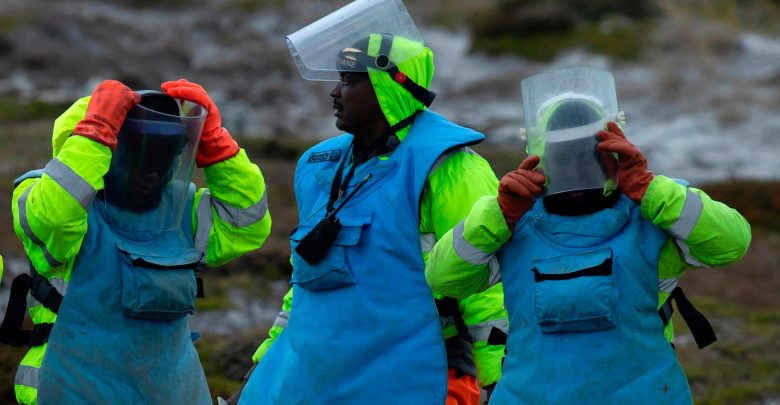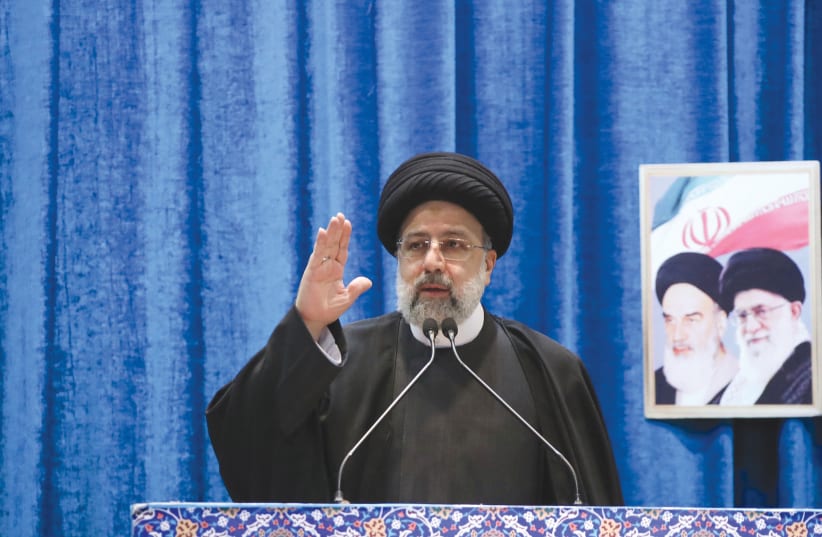.. the Zimbabwean workers are highly skilled, with extensive experience of de-mining in their home country where a 1970s liberation war left the north-eastern border with Mozambique heavily land-mined.

Among the 3,400 residents of the Falklands are a community of about 100 Zimbabweans, who have been a familiar and welcome sight in the past decade, clearing the 25,000 mines laid by Argentinian troops during their 74-day occupation of the islands in 1982.

The Guardian reports that “the Zimbabwean workers are highly skilled, with extensive experience of de-mining in their home country” where a 1970s liberation war left the north-eastern border with Mozambique heavily land-mined.

The Guardian reports that the mined areas of the Falklands make up about 0.1% of the land area, meaning they do not pose a significant danger to residents.
The littering of the Falklands with landmines was one of the most damaging legacies of the war for the residents of the islands.

The Zimbabweans, in some of the images published by the Guardian, worked on a mined beach in Stanley, among other areas.
It is hoped the work will result in the removal or elimination of all the mines that were listed in the Argentinian minefield reports.

Care is required to remove each mine by hand or, if necessary, conduct demolition in situ. The Falklands are 8,000 miles from the UK and have limited sea and air support.
By 2010, about 20,000 landmines remained within clearly fenced and marked-off areas. Although not all of these were anti-personnel mines, the UK remained obliged to clear all the mined areas across East and West Falkland

The Falklands consists of islands located in the South Atlantic Ocean, on the Patagonian Shelf, about 480 km east of Patagonia in southern Argentina. The capital, Stanley, sits on East Falkland, the largest island.






